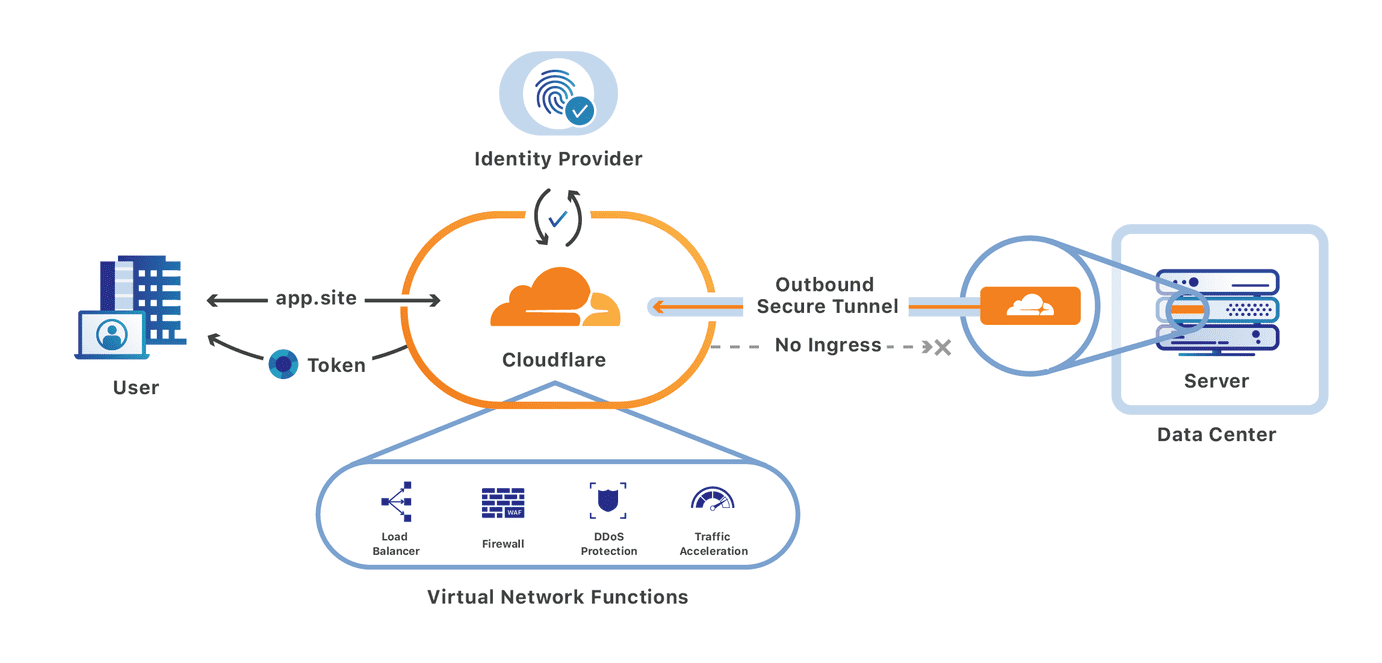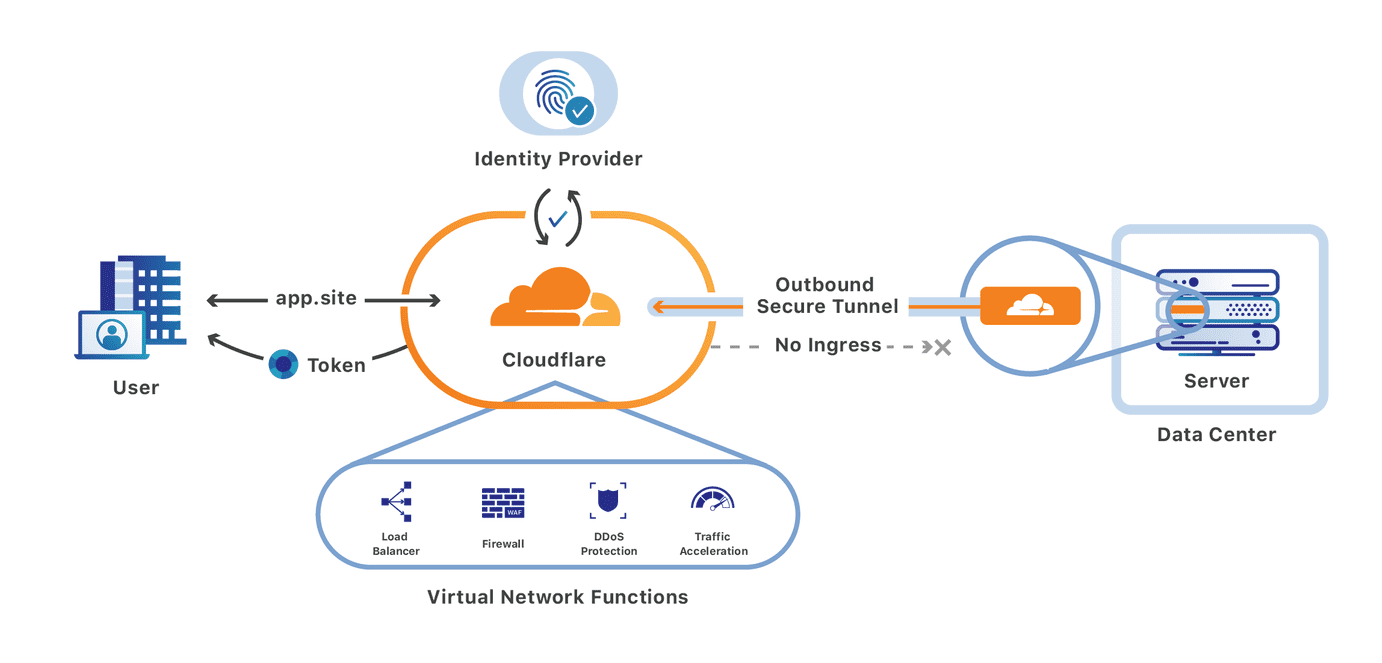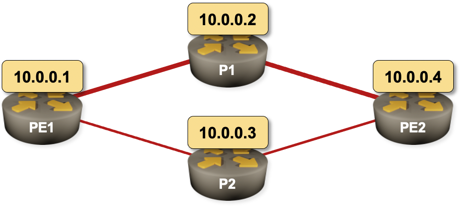Beaming the Wave to Make 5G a Reality
Meeting the infrastructure demands of a widespread, reliable 5G network requires adopting a broad approach to densification.Rails 6 Forms With Bootstrap 5 Styling
Forms allow you to receive data from your users via the webapp and store that information in your database and/or send it off for external processing to something like an API. In this post I will go over the process of using forms in rails 6 and styling them with the Bootstrap 5 CSS ...JNCIE-DC lab in EVE-NG
As explained in my previous post on my home servers, I have a bare metal system deployed with EVE-NG Pro installed. As I’m (slowly) preparing for the JNCIE-DC certification I wanted to share the topology that I’m using. As the hardware required to study for the JNCIE-DC is quite significant, it makes a lot of […]
The post JNCIE-DC lab in EVE-NG first appeared on Rick Mur.Chapter Members Pool Ideas to Inspire New Use Case on Content Filtering

Earlier this year, chapter members from around the world were asked to assist a government minister with an important project. The minister had been tasked with giving an emergency briefing on content filtering and needed the chapter members to help assess an important question. Would the critical properties of the Internet Way of Networking – the foundation that makes the Internet work for everyone – be impacted by the minister’s new policy on content filtering?
While some of the Chapter members held experience in Internet policy, others were relative novices. But as they explored the multiple dimensions and implications of different filtering and blocking techniques, they had a new, powerful tool in their arsenal: the Internet Impact Assessment Toolkit.
The government minister was fictitious, part of a mock scenario created by the Internet Society in collaboration with chapter members participating in chapter workshops. It was a powerful demonstration of how the Internet Impact Assessment Toolkit can evaluate the real-world impact of proposed Internet policy.
During the Latin American Chapter Workshop, about 140 people joined the session dedicated to the discussion of content filtering. Once the mock case was presented, participants were invited to explore the various angles of different filtering and Continue reading
Integrating Cloudflare Gateway and Access

We’re excited to announce that you can now set up your Access policies to require that all user traffic to your application is filtered by Cloudflare Gateway. This ensures that all of the traffic to your self-hosted and SaaS applications is secured and centrally logged. You can also use this integration to build rules that determine which users can connect to certain parts of your SaaS applications, even if the application does not support those rules on its own.
Stop threats from returning to your applications and data
We built Cloudflare Access as an internal project to replace our own VPN. Unlike a traditional private network, Access follows a Zero Trust model. Cloudflare’s edge checks every request to protected resources for identity and other signals like device posture (i.e., information about a user’s machine, like Operating system version, if antivirus is running, etc.).
By deploying Cloudflare Access, our security and IT teams could build granular rules for each application and log every request and event. Cloudflare’s network accelerated how users connected. We launched Access as a product for our customers in 2018 to share those improvements with teams of any size.

Over the last two years, we Continue reading
2020: Year in Review
The post 2020: Year in Review appeared first on Noction.
VMware NSX-T Install Tips & Tricks
Intro It’s a short list of things that you should probably know when installing VMware NSX-T. Of course, installing NSX-T should be done by following the official documentation. This here is just a few additional points that could help. It’s for your peace of mind afterward. This is an article from the VMware from Scratch series NSX Manager is a Cluster of three VMs You should end up having three NSX-Manager VMs in a cluster when you finish NSX-T installation. The first one will be deployed via .ovf file from vCenter, the other two direct from first NSX Manager GUI
The post VMware NSX-T Install Tips & Tricks appeared first on How Does Internet Work.
What Exactly Happens after a Link Failure?
Imagine the following network running OSPF as the routing protocol. PE1–P1–PE2 is the primary path and PE1–P2–PE2 is the backup path. What happens on PE1 when the PE1–P1 link fails? What happens on PE2?

Sample 4-router network with a primary and a backup path
The second question is much easier to answer, and the answer is totally unambiguous as it only involves OSPF:
What Exactly Happens after a Link Failure?
Imagine the following network running OSPF as the routing protocol. PE1–P1–PE2 is the primary path and PE1–P2–PE2 is the backup path. What happens on PE1 when the PE1–P1 link fails? What happens on PE2?

Sample 4-router network with a primary and a backup path
The second question is much easier to answer, and the answer is totally unambiguous as it only involves OSPF:
New Vulnerability Exposes Kubernetes to Man-in-the-Middle Attacks: Here’s How to Mitigate
What is CVE-2020-8554?
A few weeks ago a solution engineer discovered a critical flaw in Kubernetes architecture and design, and announced that a “security issue was discovered with Kubernetes affecting multi-tenant clusters. If a potential attacker can already create or edit services and pods, then they may be able to intercept traffic from other pods (or nodes) in the cluster.” If a hostile user can create a ClusterIP service and set the spec.externalIP field, they can intercept traffic to that IP. In addition, if a user can patch the status of a LoadBalancer service, which is a privileged operation, they can also intercept traffic by exploiting the vulnerability.
Who is Affected?
All Kubernetes versions including the latest release v1.20 are vulnerable to this attack, with the most significant impact being to multi-tenant clusters. Multi-tenant clusters that grant tenants the ability to create and update services and pods are most vulnerable. Since this is a major design flaw with no fix in sight, it becomes imperative to understand and mitigate this CVE.
Technical Overview
The man-in-the-middle (MITM) attack starts with step 1 (shown in the diagram, below). A workload sends a connection request to legitimate IP 4.4. Continue reading
Edge Cloud and 5G Poised to Impact Next Era of Networking
The edge cloud will not only become the new point of service delivery and experience but also the point of innovation and monetization.Rails 6 Database Record Pagination with Kaminari
How to paginate records on your Rails 6 application data.Tips on How to Focus While Working from Home
No matter where you work, distractions must be available. Even in your office, there would be nearby gossip and people chatting about which can affect your focus. Working from home has its challenges with its discipline and structure.
You might need to work from home as a result of this pandemic. You could have young ones at home with you too. These kids do not respect the fact that you might have some very important work to handle. This is why this article will show you some tips and tricks on how to focus better as you work from home. Stick with us.
How to Stay Focused as you Work from Home
- Know yourself
We all know how we are, our tempo, and what flows for us. At times some of us like waking up early, some of us like sleeping till it’s noon. No matter what you prefer, you need to take some time to know when you’ll be at your best. You need to know the time of day when you’ll be extremely productive and you can organize your schedule to handle difficult tasks during those productive times. Remember, prioritizing your tasks is a great key to Continue reading
Risus sed vulputate odio ut enim blandit eiu tempor incididunt
Lorem ipsum dolor sit amet, consectetur adipiscing elit, sed do eiusmod tempor incididunt ut labore et dolore magna aliqua. Ut enim ad minim veniam, quis nostrud exercitation ullamco laboris nisi ut aliquip ex ea commodo consequat. Duis aute irure dolor in reprehenderit in voluptate velit esse cillum dolore eu fugiat nulla pariatur. Excepteur sint occaecat […]
The post Risus sed vulputate odio ut enim blandit eiu tempor incididunt appeared first on Noction.
Adipiscing vitae proin sagittis nisl rhoncus mattis
Lorem ipsum dolor sit amet, consectetur adipiscing elit, sed do eiusmod tempor incididunt ut labore et dolore magna aliqua. Ut enim ad minim veniam, quis nostrud exercitation ullamco laboris nisi ut aliquip ex ea commodo consequat. Duis aute irure dolor in reprehenderit in voluptate velit esse cillum dolore eu fugiat nulla pariatur. Excepteur sint occaecat […]
The post Adipiscing vitae proin sagittis nisl rhoncus mattis appeared first on Noction.